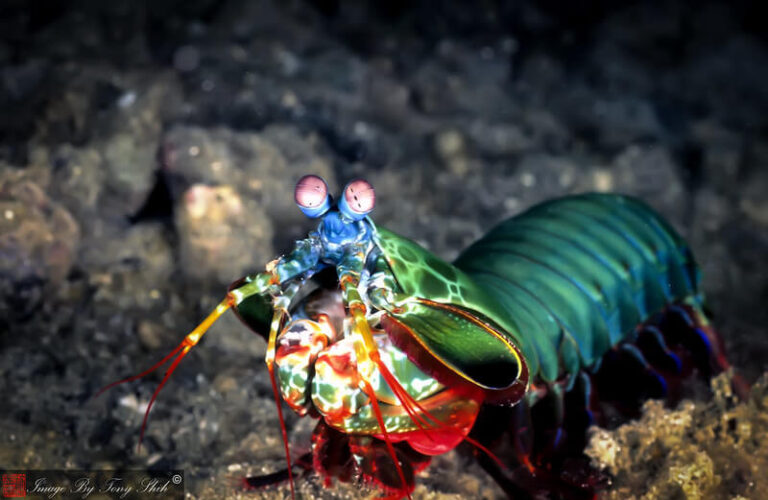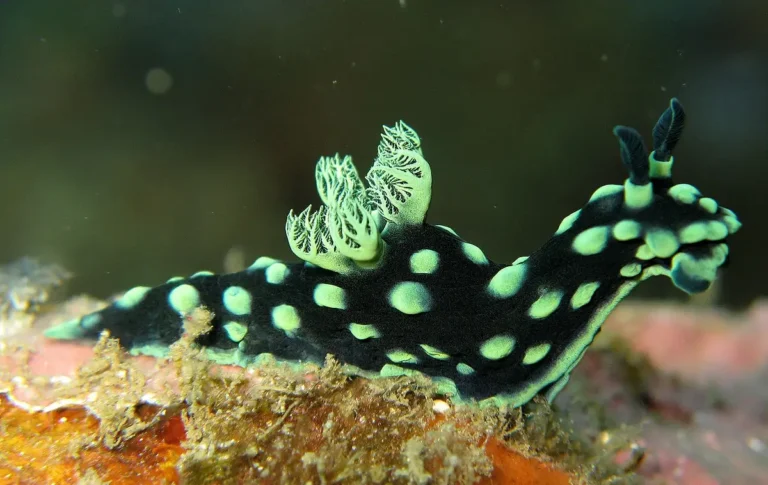Fascinating Facts About Tuna: Species, Habitat, and Conservation
Tuna is one of the most well-known and commercially valuable fish species globally. Renowned for its speed, size, and adaptability, tuna plays a crucial role in marine ecosystems and human diets. In this article, we’ll dive into the fascinating world of tuna, covering its scientific classification, physical characteristics, habitat, behavior, diet, reproduction, predators, conservation status, and relationship with humans.
Contents
Scientific Classification
- Kingdom: Animalia
- Phylum: Chordata
- Class: Actinopterygii
- Order: Scombriformes
- Family: Scombridae
- Genus: Thunnus
- Species: Multiple species, including Thunnus albacares (Yellowfin Tuna), Thunnus thynnus (Atlantic Bluefin Tuna), Thunnus obesus (Bigeye Tuna), and Thunnus tonggol (Longtail Tuna).
The genus Thunnus encompasses several tuna species, each known for its unique traits and adaptations.
Physical Characteristics

Tuna are known for their streamlined, torpedo-shaped bodies, which enable them to swim at incredible speeds. Key physical features include:
- Size: Tuna species vary widely, from the smaller Skipjack Tuna (up to 3 feet) to the massive Atlantic Bluefin Tuna, which can reach over 10 feet and weigh more than 1,000 pounds.
- Coloration: Tuna have metallic blue backs and silvery lower sides, allowing them to blend in with the ocean’s depths and surface light. Their countershading helps with camouflage from both predators and prey.
- Speed: Tuna are one of the fastest-swimming fish, reaching speeds of 40 to 50 miles per hour due to their muscular bodies and finlet structure.
Habitat and Distribution
Tuna are highly migratory species found in the open oceans of both temperate and tropical regions. Some of the most common habitats include:
- Atlantic Ocean: Home to the Atlantic Bluefin Tuna and Albacore.
- Pacific Ocean: Dominated by Yellowfin and Bigeye Tuna.
- Indian Ocean: A major area for Skipjack Tuna and Longtail Tuna.
Tuna prefer deeper, open-water environments but will travel thousands of miles to follow seasonal feeding grounds or spawning locations.
Behavior

Tuna are social animals, often swimming in schools, especially during migration. Their social behavior aids in predator avoidance and hunting. Some notable behaviors include:
- Endothermy: Tuna is unique among fish because they are partially warm-blooded, enabling them to regulate their body temperature. This gives them a significant advantage in cooler waters.
- Migratory Patterns: Tuna embark on long migrations across oceans, often crossing entire continents to follow food sources or to reach specific spawning grounds.
Diet
Tuna are apex predators in their environment, feeding primarily on smaller fish and invertebrates. Their diet includes:
- Fish: Sardines, herring, mackerel, and anchovies.
- Squid: An essential part of their diet in many regions.
- Crustaceans: Shrimp and other small marine creatures.
Tuna are opportunistic feeders, often preying on schools of fish they encounter during their migrations.
Reproduction
Tuna reproduction is tied closely to their migratory behavior, as they often travel great distances to specific spawning grounds. Key reproductive traits include:
- Spawning Season: Depending on the species, tuna spawn in the warmer months, with each female producing millions of eggs.
- Spawning Grounds: Species like the Bluefin Tuna spawn in the Mediterranean and the Gulf of Mexico, while other species may use regions in the Pacific or Indian Oceans.
- Larval Stage: Tuna hatch as larvae and spend their early lives in shallow, warmer waters before migrating to deeper ocean environments.
Predators
Adult tuna, like large, powerful fish, has few natural predators. However, they still face threats from certain apex predators, including:
- Sharks: Large shark species like the Great White and Mako Shark occasionally prey on adult tuna.
- Orcas: Killer whales have been known to hunt tuna.
- Humans: The most significant threat to tuna comes from commercial fishing.
Juvenile tuna, in contrast, are more vulnerable and face predation from various marine species, such as seabirds, dolphins, and other large fish.
Conservation Status
The status of tuna populations varies by species:
- Atlantic Bluefin Tuna: Once severely overfished, Bluefin tuna populations have started to recover due to stringent fishing regulations. However, they remain vulnerable.
- Yellowfin and Bigeye Tuna: Both are considered near-threatened due to high levels of fishing pressure.
- Skipjack Tuna: Currently not at risk, thanks to their faster reproduction rates and wider distribution.
Many conservation organizations are working on preserving tuna populations through sustainable fishing practices, catch limits, and protected marine areas.
Interesting Facts
- Speed: Tuna can swim faster than some boats, with recorded speeds of up to 50 mph.
- Heart Power: Tuna has one of the largest hearts relative to their size among fish, enabling their powerful swimming capabilities.
- Market Value: A single Bluefin Tuna can fetch millions of dollars in the Japanese sushi market, where the fish is considered a delicacy.
Evolutionary History
Tuna have evolved over millions of years to become one of the ocean’s most efficient hunters. Their development of endothermy is a unique evolutionary trait among fish, allowing them to exploit a wide range of habitats. Fossil records show that tuna ancestors date back approximately 40 to 50 million years, with modern tuna species emerging in the Miocene epoch.
Relationship with Humans
Tuna have had a long-standing relationship with humans, primarily due to their role in the fishing industry. Tuna has been a staple food in many cultures for centuries, prized for its nutritional value and taste. However, human activity, particularly overfishing, has severely impacted tuna populations.
- Commercial Fishing: Tuna is one of the most heavily fished species globally, with large-scale operations in the Pacific, Atlantic, and Indian Oceans.
- Sustainable Fishing: There has been a growing movement toward sustainable tuna fishing practices, including pole-and-line fishing and stricter quotas to preserve tuna populations.
- Cultural Significance: In Japan, tuna (particularly Bluefin) is highly revered in sushi and sashimi dishes, often commanding high prices at fish markets.
Conclusion
Tuna are remarkable creatures known for their speed, power, and resilience. However, their importance to marine ecosystems and human economies makes their conservation critical. As apex predators, they play a vital role in maintaining the balance of marine life. While many tuna species have faced threats from overfishing, ongoing conservation efforts offer hope for the future of these extraordinary fish.
- Golden Retriever Pros and Cons: What Every Pet Parent Should Know - 15 September 2025
- Cane Corso Dog Breed: Health, Care, and Lifespan - 14 September 2025
- Catahoula Leopard Dogs: Description, Temperament, Lifespan, & Facts - 21 July 2025







